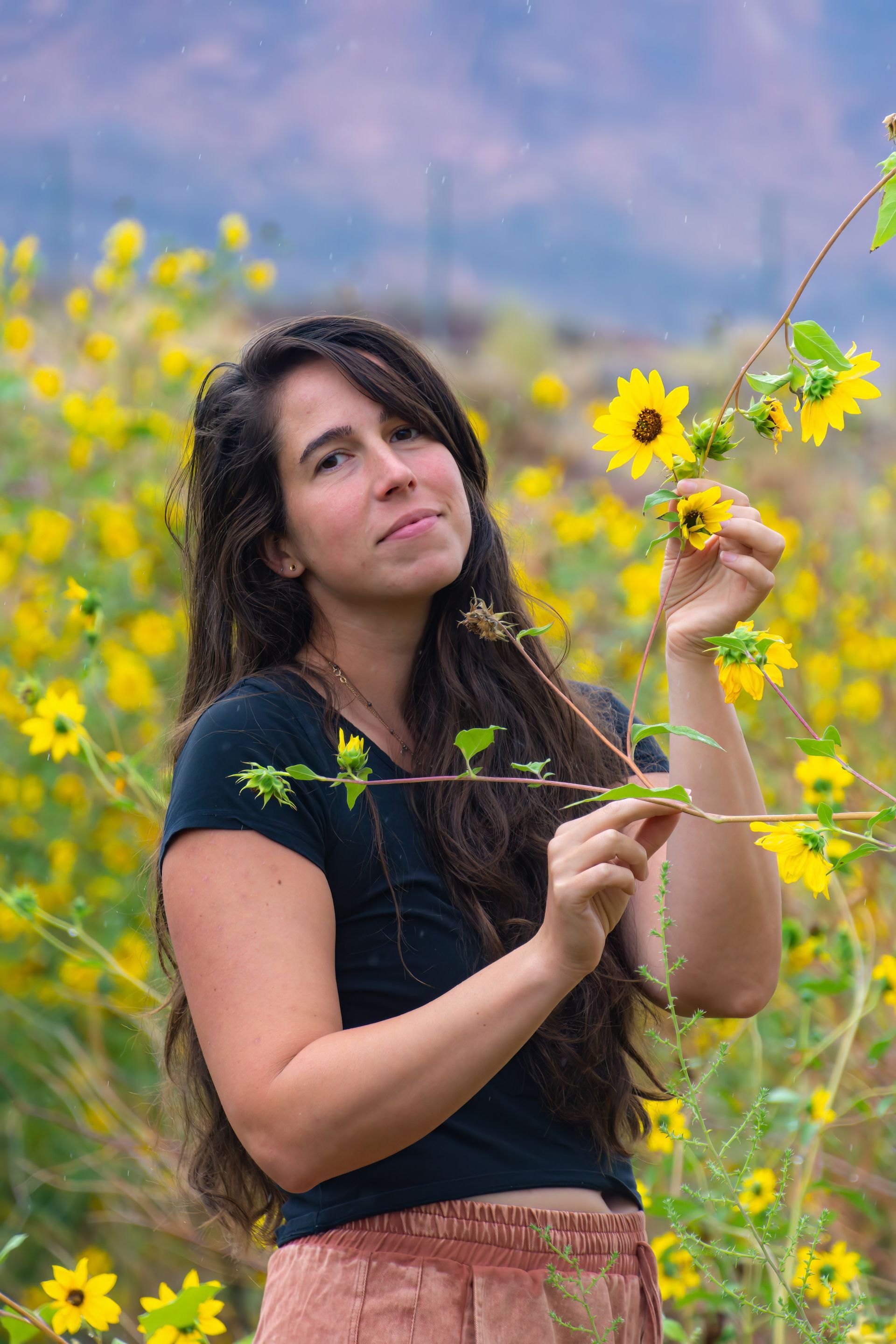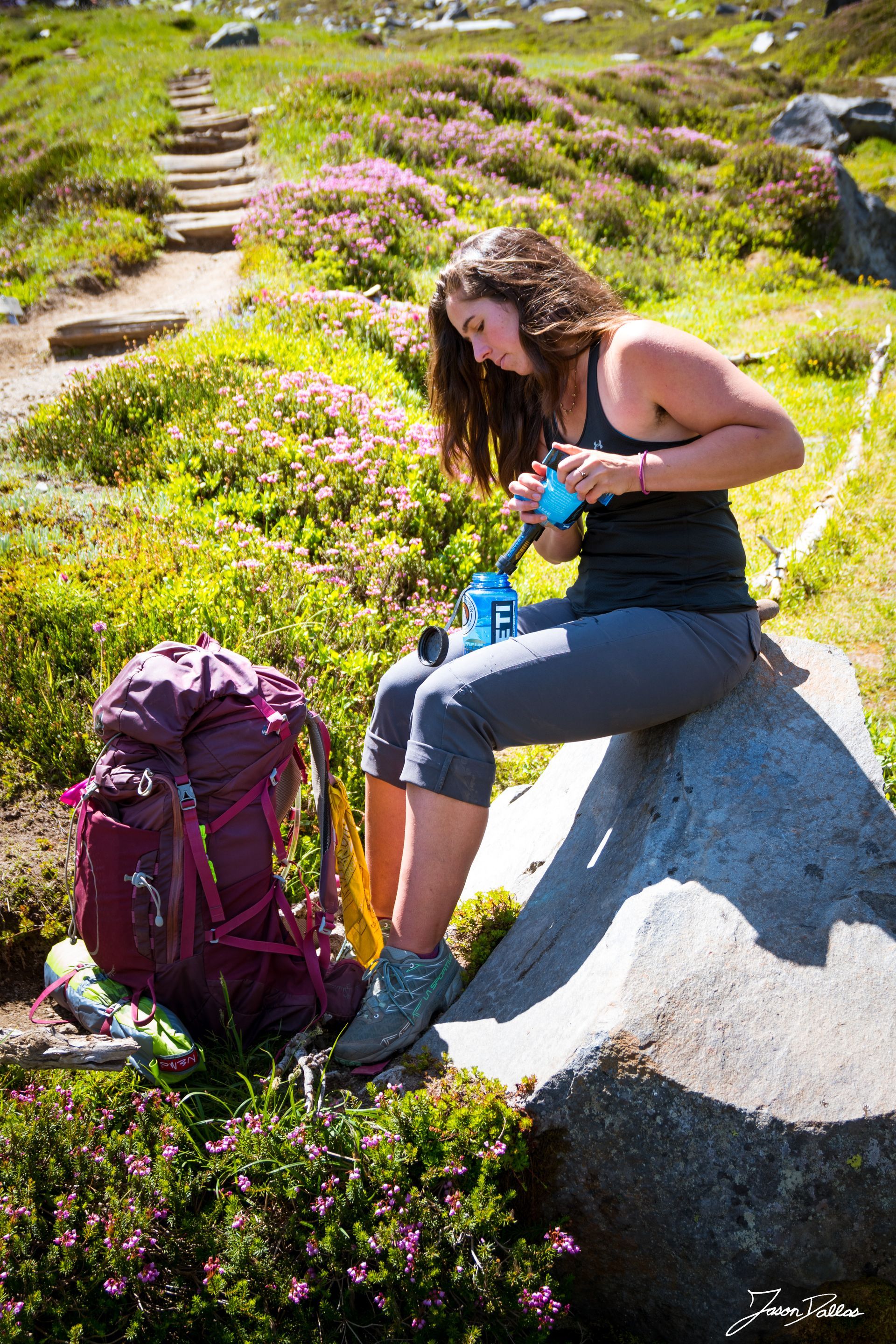In the world of outdoor sports and literature, the voices of women have often been sidelined or overlooked. However, Christine Reed emerges as a beacon of inspiration, challenging stereotypes and breaking barriers with her work.
Christine is a long-distance backpacker and the author of the highly acclaimed memoir,
Alone in Wonderland. She offers a raw and unfiltered perspective on women's experiences in the wilderness. In a recent interview with the Potomac Appalachian Trail Club, she discussed the process of collecting stories and perspectives for her second upcoming book
Blood Sweat Tears,
alongside speaking about being a woman in the outdoors space.
Christine's journey in outdoor spaces as a woman with POTS has been one of resilience and self-discovery. Despite struggling with her body for years and feeling like she was always "out of shape," she persevered and pushed herself to the limits. However, it wasn't until her diagnosis with POTS/dysautonomia in 2020 that she realized her struggles were not her fault.
Instead of battling against her body, she learned to tune in and listen to its needs, leading to newfound limits and heights in her outdoor adventures. Instead of pushing through the pain Christine now focuses on asking “what does my body need?” This has allowed her to “find new limits, new distances, new heights—because the body is far more capable when it is cared for.”
The narratives in
Blood Sweat Tears
contribute significantly to the broader conversation about women's experiences in the outdoors, particularly addressing the taboo topic of menstruation. Christine noticed a lack of discussion around periods in outdoor adventure memoirs and sought to change that with her book. By sharing stories of managing the female body in outdoor spaces, she aims to normalize these conversations and empower women to embrace their truths fully.
One of the most resonant aspects of
Blood Sweat Tears is its inclusivity and diversity of experiences. Christine curated a collection of stories that span a variety of female experiences, from motherhood and infertility to reproductive health challenges. She states that the “power of representation in storytelling cannot be overstated— when we see people we can relate to doing things we don’t think we can do, we start to see the possibility we once didn’t believe in.”
Through sharing these stories, Christine has created something truly special that all women can deeply connect with, highlighting the universal themes of resilience and strength.
For aspiring female writers who may feel intimidated by the traditionally male-dominated outdoor literary space, Christine offers valuable advice: your story matters. She encourages women to reach out to others for support and guidance, emphasizing the importance of representation in storytelling. Not only is she sharing her own story, but she's also creating a platform for others to do the same.
With
Blood Sweat Tears, she is launching Rugged Outdoorswoman Publishing, which aims to amplify the narratives of women and gender expansive individuals in outdoor spaces. If you have a story to share, you can
submit your manuscript and join the movement to elevate women's voices in the wilderness.
In terms of the outdoor community's evolution towards inclusivity and representation for women, Christine acknowledges progress but also recognizes the work that still needs to be done. She hopes to contribute to this movement through her book and future endeavors, striving for true equality and transparency.
Looking forward, Christine envisions a future where women's voices are elevated without shame or secrecy. She hopes to see more space made available for women's stories in outdoor sports and literature, fostering a culture of empowerment and solidarity.
As readers engage with the stories in
Blood Sweat Tears, they are invited to connect with the universal theme of the relationship to their body. Christine reminds us that despite our differences, we share common thoughts and ideas about our bodies, making these stories deeply personal and relatable.
Christine Reed's journey and her upcoming book
Blood Sweat Tears not only challenge societal norms but also pave the way for a more inclusive and empowering narrative surrounding women in the outdoors. Through her courage, resilience, and dedication, Christine inspires us to embrace our bodies and experiences fully, breaking barriers one story at a time.
Pre-order
Blood Sweat Tears through
Rugged Outdoorswoman (releasing May 1st) and check out Christine’s
sneak peak preview on her blog.
Follow Christine and her adventures on
Instagram,
Facebook, and
Linkedin.


